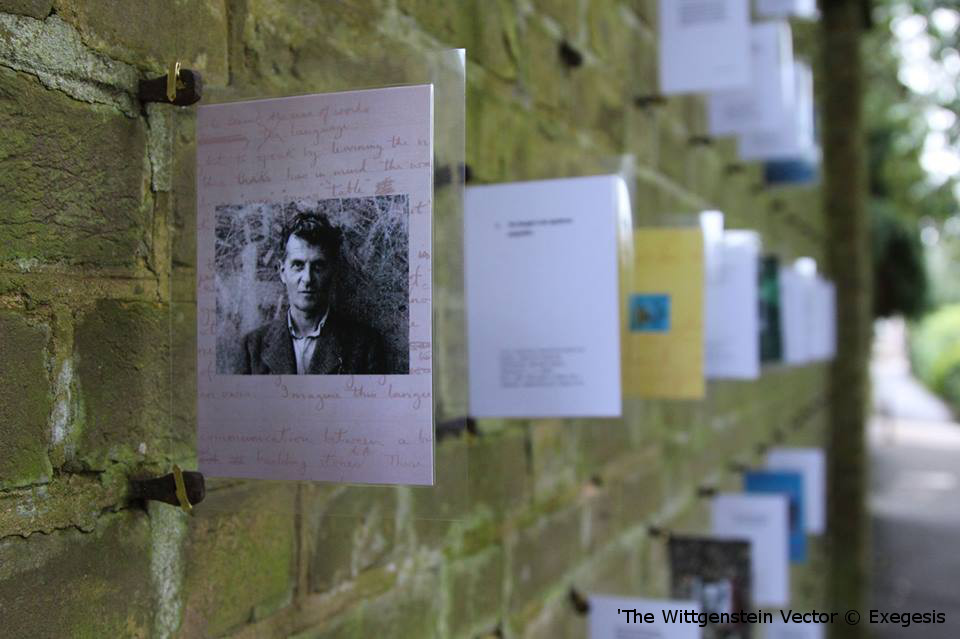21st-Century Theories of Literature: A Critical Reflection on an Interdisciplinary Event
DOI:
https://doi.org/10.31273/eirj.v2i1.108Keywords:
philosophy and literature, interdisciplinary, multidisciplinary, literary theory, aesthetics, conferenceAbstract
The authors reflect upon the successes and difficulties of developing and running 21st-Century Theories of Literature: Essence, Fiction, and Value, an interdisciplinary conference held at the University of Warwick on 27-29 March 2014.
The aim of the conference was to encourage a more sustained focus on the overlap between two disciplines which, prima facie, have a lot in common: philosophical aesthetics (and in particular its literary branch, the philosophy of literature) and literary studies (of which literary theory may be considered a subdivision). Because both deal with literature and have an investment in the idea of theorisation, one might have thought that there was no need to encourage active dialogue and it would arise naturally from the needs of each field. However, in the current institutional state of affairs where philosophy departments and literature departments often have little overlap, ‘aesthetics’ and ‘literary theory’ are two very distinct entities, and interaction is underdeveloped even when room for it does exist. As such, we judged that there was a need for such a prompting. This piece presents the rationale for our conference, and describes its preparation, development and outcomes.
Photo credit: Wittgenstein Vector, copyright eXegesis - J. Robles, M.D. Rose-Steel, S. M. Steele, 2014.
Downloads
References
Becher, T., P.R.Trowler (2001), Academic Tribes and Territories: intellectual enquiry and the culture of disciplines, Buckingham: Society for Research into Higher Education and Open University Press
Brewer, G. D. (1999), ‘The challenges of interdisciplinarity’, Policy Sciences, 32, 327-37, http://www.marineresearchnetwork.org/wp-content/uploads/2013/02/Brewer1999.pdf, accessed 9 June 2014
Gasper, D. (2001), ‘Interdisciplinarity: building bridges, and nurturing a complex ecology of ideas’, ISS Working Papers - General Series, http://EconPapers.repec.org/RePEc:ems:euriss:19078, accessed 09 June 2014
Knight, D. B., L. R. Lattuca, E. W. Kimabll, R. D. Reason (2013), ‘Understanding Interdisciplinarity: Curricular and Organizational Features of Undergraduate Interdisciplinary Programs’, Innovative Higher Education, 38(2), 143-158, http://link.springer.com/article/10.1007%2Fs10755-012-9232-1, accessed 9 June 14
Krimsky, S. (2000), ‘Perspectives from Social Scientists and Humanists: Transdisciplinarity for Problems and the Interstices of Disciplines’, in Somerville, M. A. and Rapport, D. J. (ed.),Transdisciplinarity: recreating integrated knowledge, Oxford: EOLSS, pp.109-14
Lélé, S., R. B. Norgaard (2012), ‘Practicing Interdisciplinarity’, BioScience, 55 (11), 967-975,
http://www.jstor.org/stable/10.1641/0006-3568%282005%29055%5B0967%3API%5D2.0.CO%3B2, accessed 11 June 2014
Moran, J. (2002), Interdisciplinarity, New York: Routledge
Schmidt, J. C. (2007), ‘Knowledge Politics of Interdisciplinarity: Specifying the type of interdisciplinarity in the NSF’s NBIC scenario’, Innovation, 20 (4), 313-328, http://www.tandfonline.com/doi/ref/10.1080/13511610701760721#tabModule, accessed 9 June 2014
Van Raan, A. F. J. (2000), ‘The Interdisciplinary Nature of Science: Theoretical Framework and Bibliometric-Empirical Approach’, in Stehr, N. and Weingart, P. (ed.), Practising Interdisciplinarity, Toronto: University of Toronto Press, pp. 66-78

Published
Issue
Section
License
Authors who publish with this journal agree to the following terms:
Authors retain copyright and grant the journal right of first publication with the work simultaneously licensed under a Creative Commons Attribution License (CC-BY), which permits use and redistribution of the work provided that the original author and source are credited, a link to the license is included, and an indication of changes which were made. Third-party users may not apply legal terms or technological measures to the published article which legally restrict others from doing anything the license permits.
If accepted for publication authors’ work will be made open access and distributed under a Creative Commons Attribution (CC-BY) license unless previously agreed with Exchanges’ Editor-in-Chief prior to submission.
Authors are able to enter into separate, additional contractual arrangements for the non-exclusive distribution of the journal's published version of the work (e.g., post it to an institutional repository or publish it in a book), with an acknowledgement of its initial publication in this journal.
Authors are permitted and encouraged to post their work online (e.g., in institutional repositories or on their website) prior to and during the submission process, as it can lead to productive exchanges, as well as earlier and greater citation of published work. (see: The Effect of Open Access)
